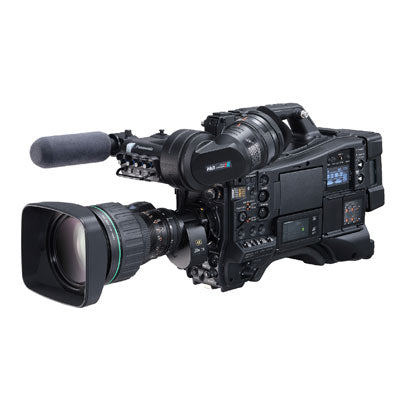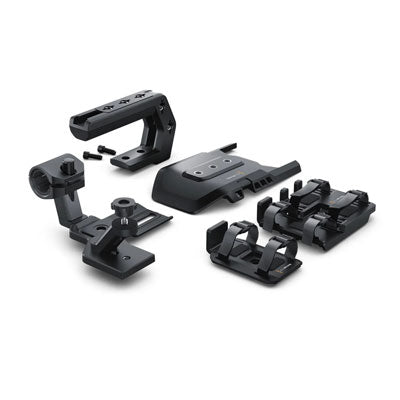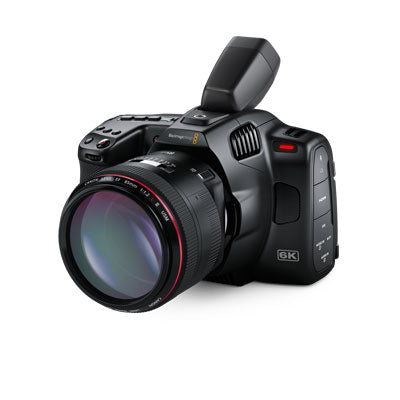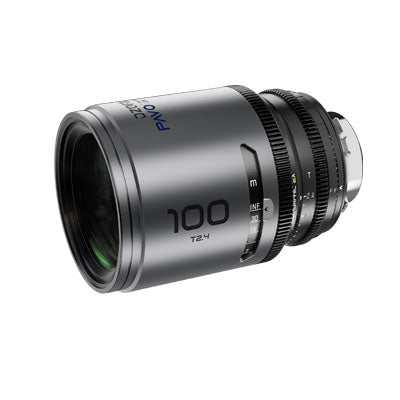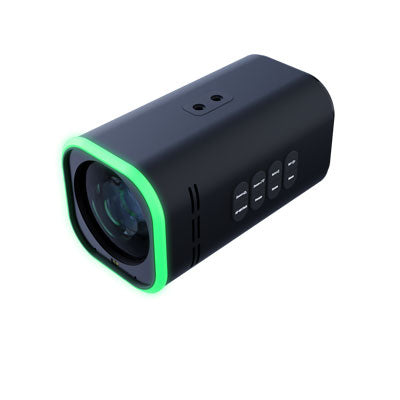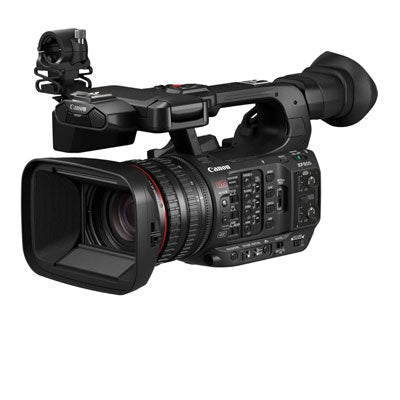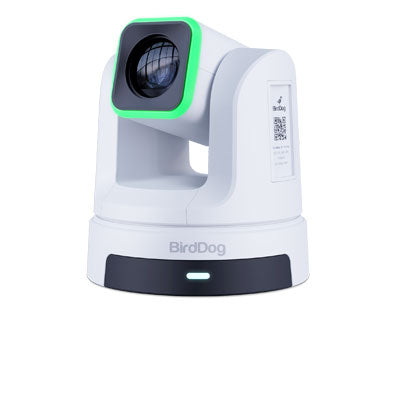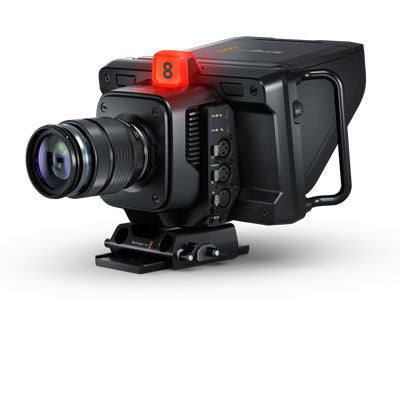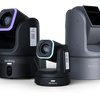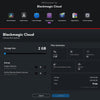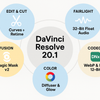What's the Difference Between MFT, EF, PL, F and B4 Lens Mounts
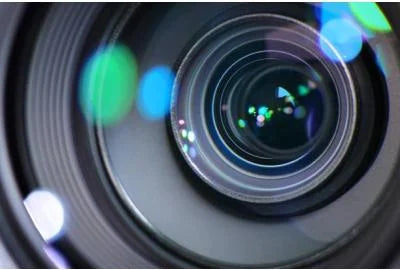
Understanding the Differences Between MFT, EF, PL, F, and B4 Lens Mounts
When choosing a camera or lens, one of the most important considerations is the lens mount. Each mount type supports different sensors, workflows, and industries. Whether you’re shooting cinematic films, live broadcasts, or travel videos, understanding the differences between MFT, EF, PL, F, and B4 mounts will help you make the right gear decision.
Let’s break down each lens mount system—its purpose, use cases, and key characteristics.
Micro Four Thirds (MFT) Lens Mount
Originally developed by Olympus and Panasonic, the Micro Four Thirds (MFT) mount is used in compact mirrorless cameras. It features a smaller sensor size (17.3mm x 13mm) compared to APS-C or full-frame systems.
- Lightweight, portable lenses ideal for travel or handheld shooting
- Crop factor of 2x, giving telephoto reach with smaller lenses
- Short flange distance (19.25mm) enables adaptable lens use
Real-World Use: Documentary filmmakers and vloggers often choose MFT systems like the Blackmagic Pocket Cinema Camera 4K for their compact form factor and versatile lens options.
EF Lens Mount
The Canon EF (Electro-Focus) mount is one of the most widely adopted systems, especially among photographers and videographers using Canon EOS DSLRs or cinema cameras.
- Full-frame and APS-C sensor compatibility
- Wide range of lens choices from Canon and third parties
- Long flange distance (44mm), offering excellent optical path integrity
- Electronic communication between lens and camera for autofocus and image stabilization
Best For: Portrait, wedding, and wildlife photographers love the EF mount for its sharp optics and shallow depth of field. It's also supported on cinema cameras like the Canon C300 and BMPCC 6K via EF versions.
PL Lens Mount
The PL (Positive Lock) mount is the gold standard in the film and cinema world. Created by ARRI, this system ensures rock-solid lens stability through its twist-and-lock mechanism.
- Designed for Super 35mm and Full Frame cinema sensors
- Precise mechanics for focus pulls and iris control
- Compatible with industry-leading cine lenses (ARRI, Cooke, Zeiss, etc.)
- Built to withstand the demands of high-end productions
In the Field: Used on ARRI ALEXA, RED DSMC2, and many high-end cinema cameras, PL mount is the go-to for feature films, commercials, and Netflix-approved productions.
F Mount (Nikon)
While not listed in your original text, let’s quickly clarify the F mount, developed by Nikon for their DSLR cameras. This bayonet-style mount has been in use since 1959, offering extensive backward compatibility.
- Compatible with both FX (full-frame) and DX (APS-C) Nikon bodies
- Manual and electronic lens communication depending on model
- Rugged, weather-resistant design for outdoor photography
Ideal Use: F-mount systems are trusted by photojournalists and landscape photographers who value optical precision and reliability in harsh conditions.
B4 Lens Mount
Designed for 2/3-inch broadcast cameras, the B4 mount is standard in live television, sports, and ENG (Electronic News Gathering) workflows.
- Supports parfocal zoom lenses with servo control for focus and iris
- Compatible with broadcast lens controllers for smooth operation
- Extended flange distance (~48mm), ensuring depth of field control across large zoom ranges
- Built for rugged daily use in OB trucks and live event coverage
On Set Example: Sports broadcasters and live event crews rely on B4-mount lenses paired with studio cameras like the Blackmagic URSA Broadcast G2 for fluid zoom and real-time focus tracking.
Comparison Summary
| Mount | Sensor Size | Key Use | Notable Strengths |
|---|---|---|---|
| MFT | Micro 4/3 | Travel, Vlogging | Lightweight, adaptable |
| EF | Full Frame / APS-C | Photo + Video | Lens variety, shallow DoF |
| PL | Super 35 / Full Frame | Cinema | Precision, build quality |
| F | Full Frame / APS-C | Photography | Legacy compatibility |
| B4 | 2/3-inch | Broadcast, Live TV | Servo lens control, long zooms |
Choosing the Right Lens Mount
Your lens mount determines not just the lenses you can use, but also your shooting style, mobility, and post-production workflow. If you're traveling light, MFT makes sense. For cinematic storytelling, PL is unmatched. Need live zoom tracking for sports? B4 is your friend. Canon EF remains a solid hybrid choice.
Still unsure which mount fits your needs? Reach out to Coremicro’s specialists for personalized guidance—we’re happy to help you gear up with confidence.
Need Help Adapting Lenses?
Adapters exist for many of these systems (e.g., EF to MFT or PL to EF), but be mindful of flange distances, focus calibration, and image circle compatibility.
Lens Mount Comparison Table
| Mount | Sensor Compatibility | Primary Use | Flange Distance | Lens Size | Autofocus Support | Ideal For |
|---|---|---|---|---|---|---|
| MFT | Micro Four Thirds (17.3×13mm) | Mirrorless Video, Compact Cameras | 19.25mm | Small & Lightweight | Limited | Travel, Vlogging, Gimbals |
| EF | APS-C / Full Frame | Photography & Cinema | 44mm | Medium to Large | Yes | Portraits, Events, Hybrid Use |
| PL | Super 35 / Full Frame | Cinema Production | 52mm | Large & Rugged | No | Feature Films, Commercials |
| F | APS-C / Full Frame | Photography (Nikon DSLRs) | 46.5mm | Medium | Yes (varies by lens/body) | Photojournalism, Landscape |
| B4 | 2/3" Broadcast Sensor | Live Broadcast, Studio Cameras | ~48mm | Large (Parfocal Zoom) | Yes (via servo systems) | Sports, News, Studio Production |










